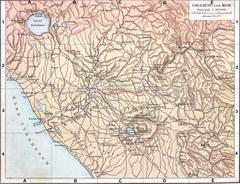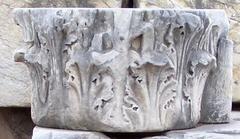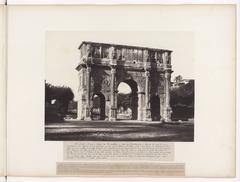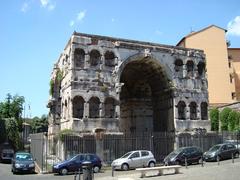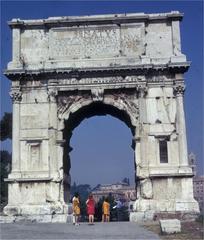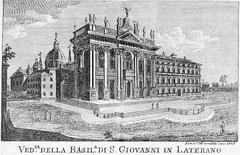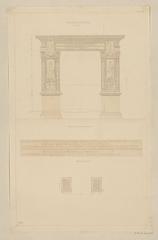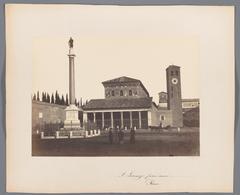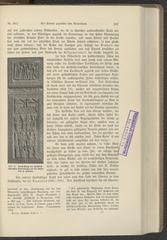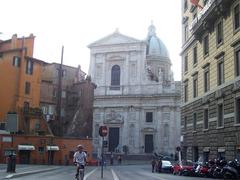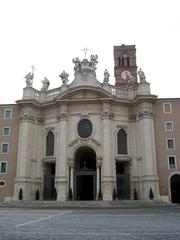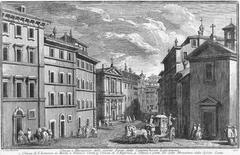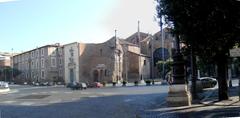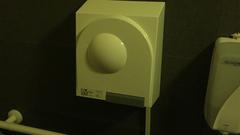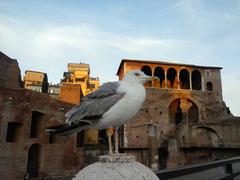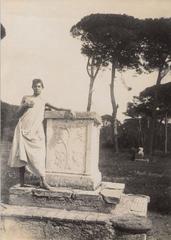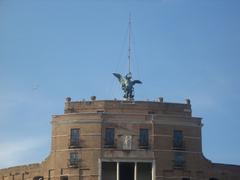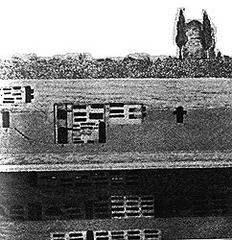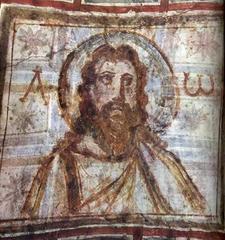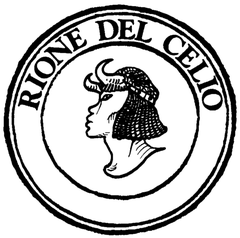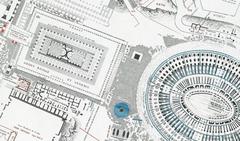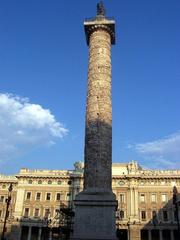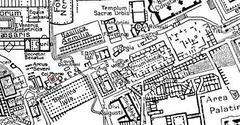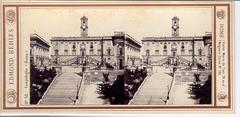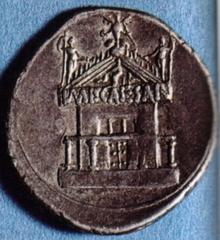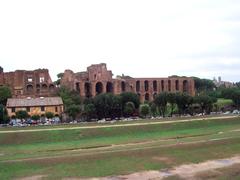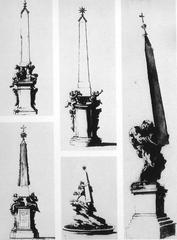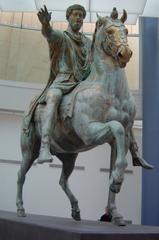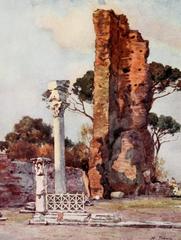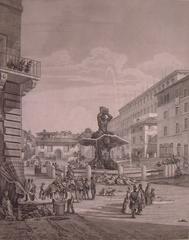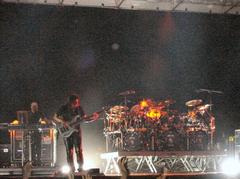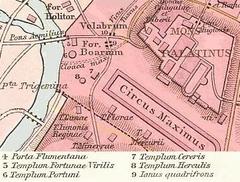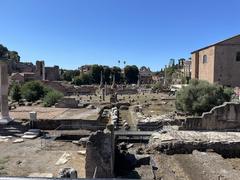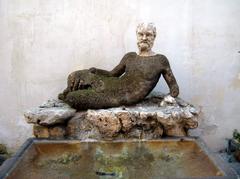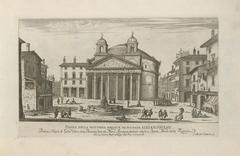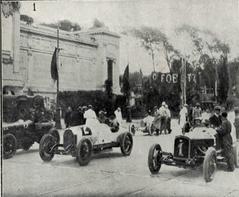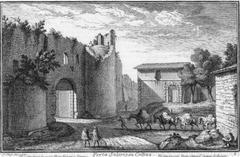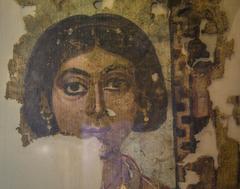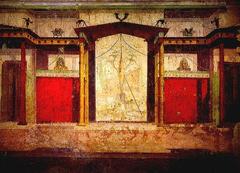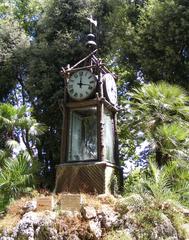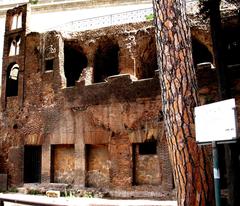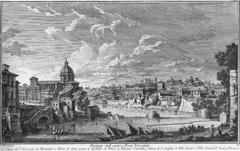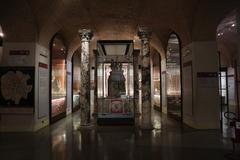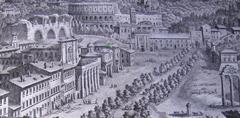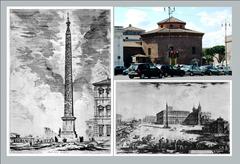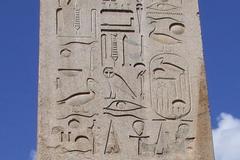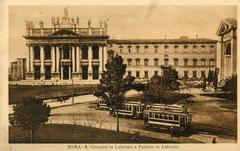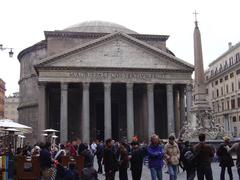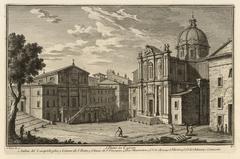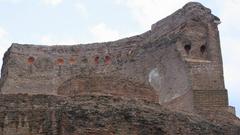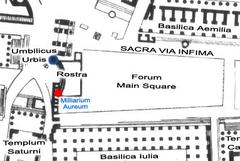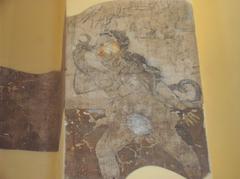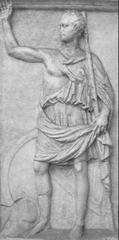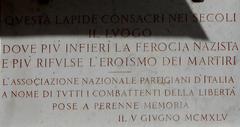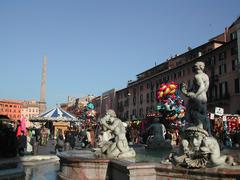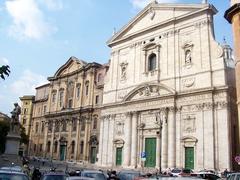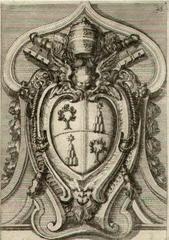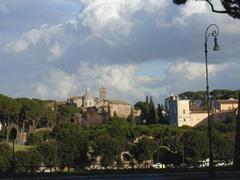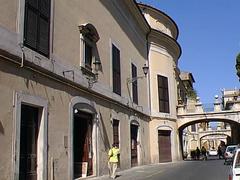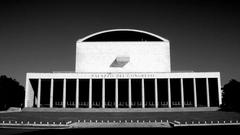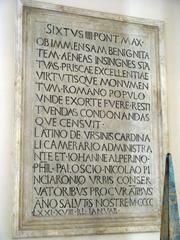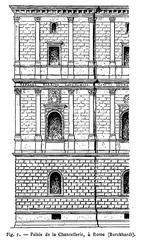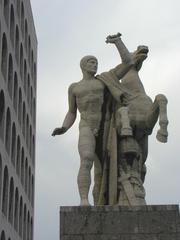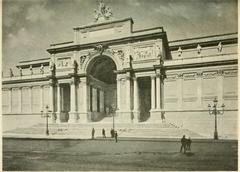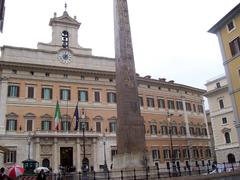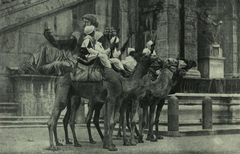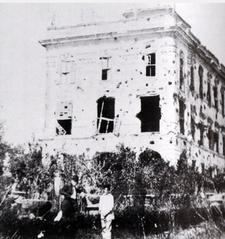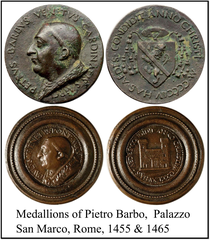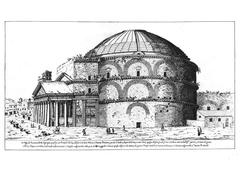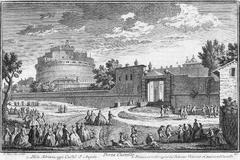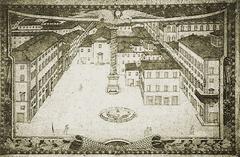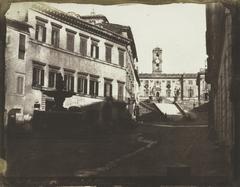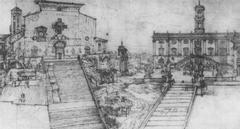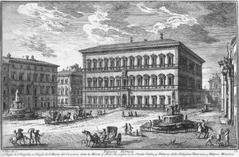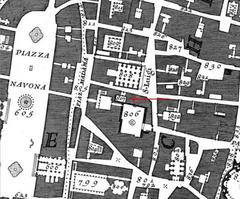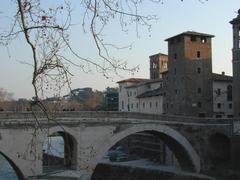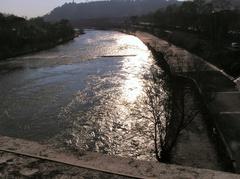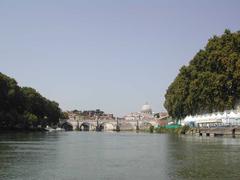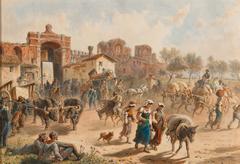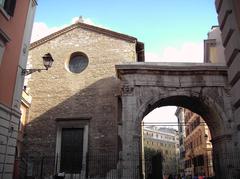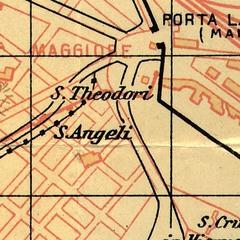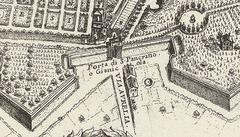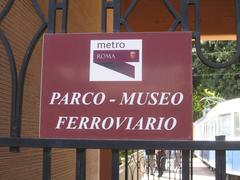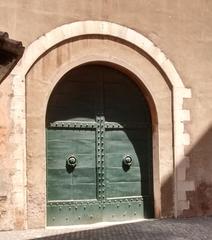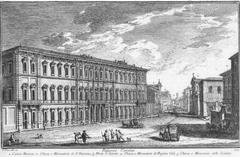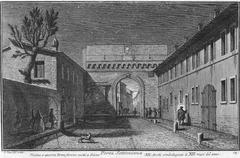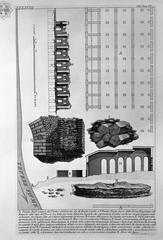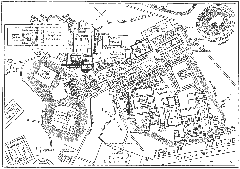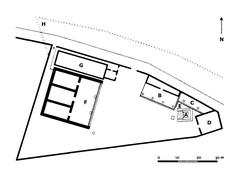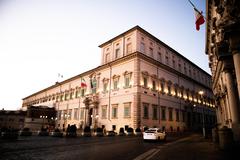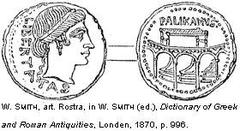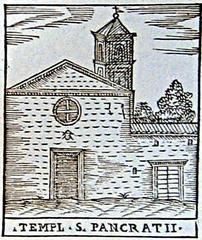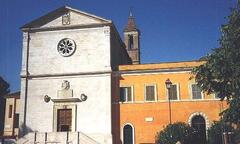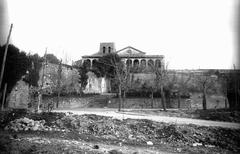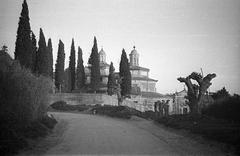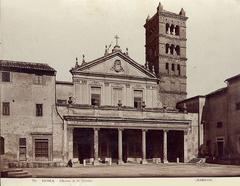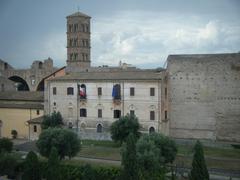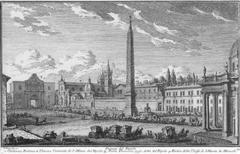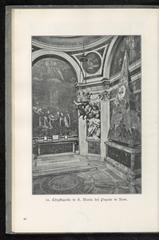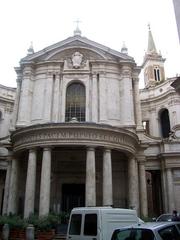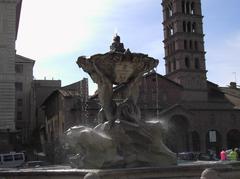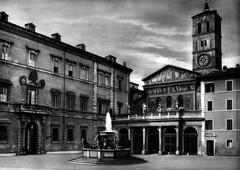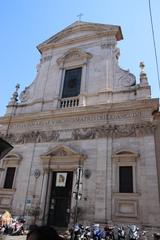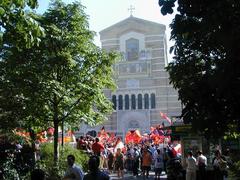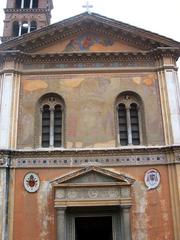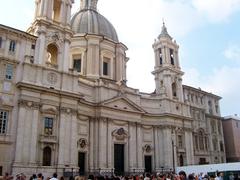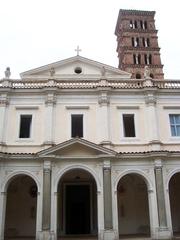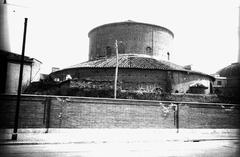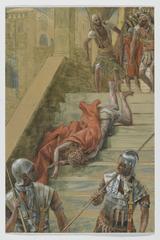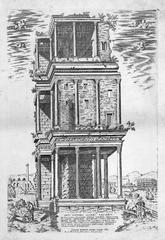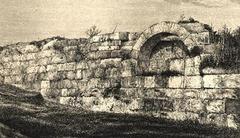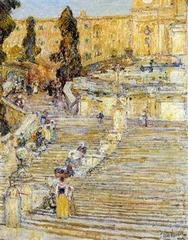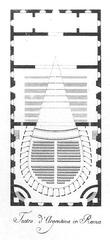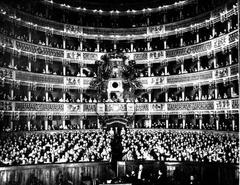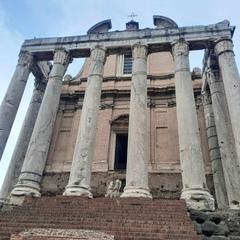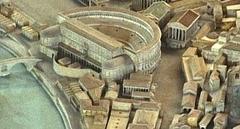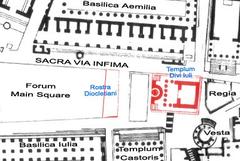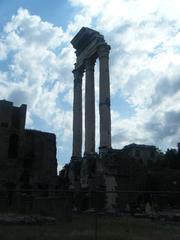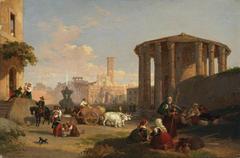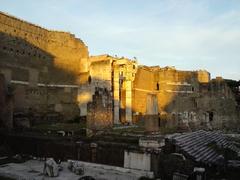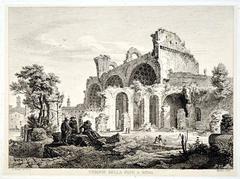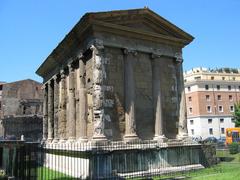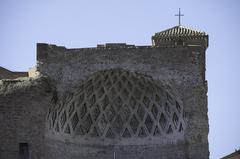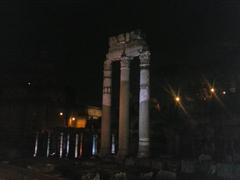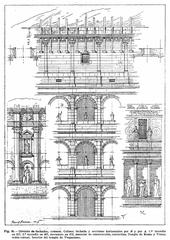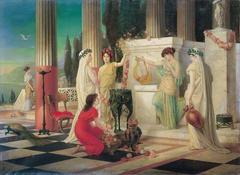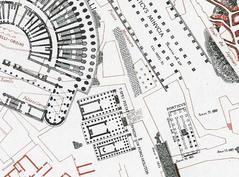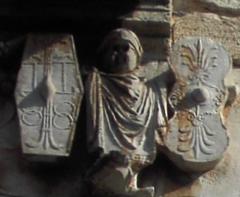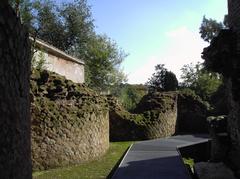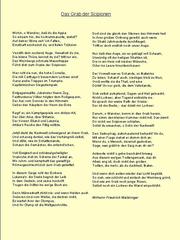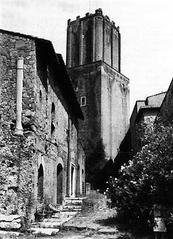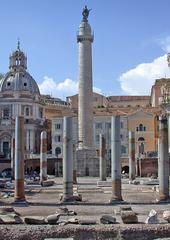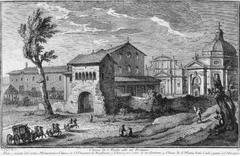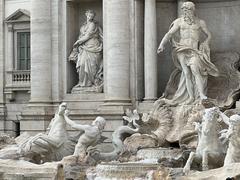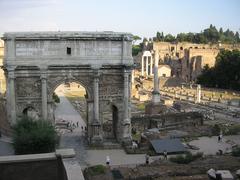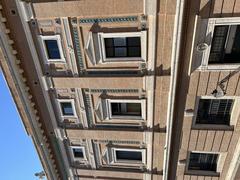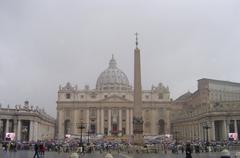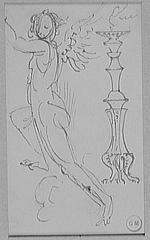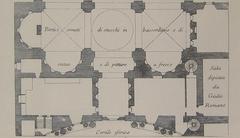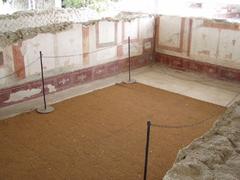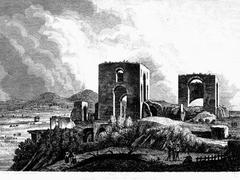Comprehensive Guide to Visiting Largo di Torre Argentina, Rome, Italy
Published Date: 17/07/2024
Introduction to Largo di Torre Argentina
Largo di Torre Argentina, nestled in the heart of Rome, Italy, is an archaeological site of immense historical and cultural significance. This site, often overshadowed by more well-known Roman landmarks, offers visitors a unique glimpse into the ancient world. It houses the remains of four Republican-era temples and the Theatre of Pompey, where Julius Caesar was famously assassinated in 44 BCE. The temples, identified as Temples A, B, C, and D, date back to between the 4th and 2nd centuries BCE, offering insights into Roman religious architecture and practices. Additionally, the Theatre of Pompey, constructed in 55 BCE, was the first permanent theatre in Rome and a marvel of ancient engineering. The site’s rediscovery in the 1920s during urban development led to extensive excavations, revealing its historical treasures and providing invaluable insights into Roman urban planning and daily life. Today, Largo di Torre Argentina is not only a testament to Rome’s rich past but also a vibrant tourist destination, complete with guided tours, special events, and a beloved cat sanctuary. Visitors can explore the ruins, learn about the site’s historical significance, and enjoy nearby attractions such as the Pantheon, Piazza Navona, and Campo de’ Fiori. This guide aims to provide comprehensive information on visiting Largo di Torre Argentina, including practical travel tips, visitor information, and cultural insights, ensuring a memorable experience for all who venture to this fascinating archaeological site. (turismoroma)
Table of Contents
- [Historical Background of Largo di Torre Argentina](#historical-background-of-largo-di-torre-argentinahistorical-background-of-largo-di-torre-argentina)
- [Ancient Rome and the Republican Temples](#ancient-rome-and-the-republican-templesancient-rome-and-the-republican-temples)
- [The Theatre of Pompey and the Ides of March](#the-theatre-of-pompey-and-the-ides-of-marchthe-theatre-of-pompey-and-the-ides-of-march)
- [The Assassination of Julius Caesar](#the-assassination-of-julius-caesarthe-assassination-of-julius-caesar)
- [Excavations and Discoveries](#excavations-and-discoveriesexcavations-and-discoveries)
- [Preservation and Restoration Efforts](#preservation-and-restoration-effortspreservation-and-restoration-efforts)
- [Visitor Information](#visitor-informationvisitor-information)
- [Visiting Hours](#visiting-hoursvisiting-hours)
- [Ticket Prices](#ticket-pricesticket-prices)
- [Travel Tips](#travel-tipstravel-tips)
- [Special Events and Guided Tours](#special-events-and-guided-toursspecial-events-and-guided-tours)
- [Modern-Day Significance](#modern-day-significancemodern-day-significance)
- [FAQ](#faqfaq)
- [Conclusion](#conclusionconclusion)
Historical Background of Largo di Torre Argentina
Ancient Rome and the Republican Temples
Largo di Torre Argentina, located in the heart of Rome, is a significant archaeological site that dates back to the Roman Republic era. The area is home to the remains of four Republican temples, identified as Temples A, B, C, and D. These temples are believed to have been constructed between the 4th and 2nd centuries BCE, making them some of the oldest religious structures in Rome.
Temple A
Temple A, the first of the four temples, is thought to have been dedicated to Juturna, the Roman goddess of fountains, wells, and springs. This temple was likely built in the early 3rd century BCE. The structure features a rectangular plan with a high podium and a frontal staircase, typical of Roman temple architecture. The temple’s remains include parts of the podium and several columns, which provide insight into the architectural style of the period.
Temple B
Temple B, the second temple, is a circular structure known as a tholos. It is believed to have been dedicated to Fortuna Huiusce Diei, the goddess of fortune of the present day. This temple was constructed in 101 BCE by Quintus Lutatius Catulus to commemorate his victory over the Cimbri at the Battle of Vercellae. The temple’s circular design is unique among the four temples, featuring a central altar and a colonnade of Corinthian columns. The remains of the temple include the base of the altar and several columns, which highlight the intricate craftsmanship of the period.
Temple C
Temple C, the third temple, is the oldest of the four and dates back to the 4th century BCE. It is believed to have been dedicated to Feronia, the goddess of fertility, abundance, and wildlife. The temple’s remains include a large rectangular podium and fragments of the cella, the inner chamber of the temple. The architectural style of Temple C reflects the early Republican period, with simple yet robust construction techniques.
Temple D
Temple D, the fourth and largest temple, is thought to have been dedicated to Lares Permarini, the protectors of seafarers. This temple was likely constructed in the 2nd century BCE. The remains of Temple D include a vast podium and several columns, which indicate the grandeur of the structure. The temple’s size and design suggest its importance in the religious and social life of ancient Rome.
The Theatre of Pompey and the Ides of March
Largo di Torre Argentina is also historically significant as the site of the Theatre of Pompey, the first permanent theatre in Rome, built in 55 BCE by Pompey the Great. The theatre complex included a large portico, gardens, and a curia (meeting hall) known as the Curia of Pompey. This curia is famously known as the location where Julius Caesar was assassinated on the Ides of March (March 15) in 44 BCE.
The Assassination of Julius Caesar
The assassination of Julius Caesar is one of the most pivotal events in Roman history. Caesar, who had declared himself dictator for life, was seen as a threat to the Republic by a group of senators led by Brutus and Cassius. On the Ides of March, Caesar was lured to the Curia of Pompey under the pretense of attending a Senate meeting. As he entered the curia, he was surrounded by the conspirators and stabbed 23 times, leading to his death. This event marked the end of the Roman Republic and the beginning of the Roman Empire.
Excavations and Discoveries
The archaeological significance of Largo di Torre Argentina was first recognized in the early 20th century. Excavations began in the 1920s under the direction of Italian archaeologist Giacomo Boni. These excavations uncovered the remains of the four Republican temples and parts of the Theatre of Pompey, providing valuable insights into the history and architecture of ancient Rome.
Preservation and Restoration Efforts
In recent years, efforts have been made to preserve and restore the site. The Italian government, along with various cultural organizations, has undertaken several projects to stabilize the ruins and improve accessibility for visitors. These efforts include the installation of walkways and informational panels, allowing visitors to explore the site and learn about its historical significance.
Visitor Information
Visiting Hours
Largo di Torre Argentina is open to visitors every day from 9 AM to 7 PM. It is advisable to check for any changes in opening hours on the official website before planning your visit.
Ticket Prices
Entrance to Largo di Torre Argentina is free of charge. However, guided tours may have an additional cost. For more detailed information on guided tours and pricing, please refer to the official website.
Travel Tips
- Getting There: Largo di Torre Argentina is centrally located and can be easily accessed by public transport. The closest metro station is Colosseo (Line B), and several bus routes stop nearby.
- Best Time to Visit: To avoid crowds, consider visiting early in the morning or late in the afternoon.
- Nearby Attractions: While in the area, you might also want to visit the Pantheon, Piazza Navona, and Campo de’ Fiori, all of which are within walking distance.
- Accessibility: The site is partly accessible to visitors with mobility issues. It is recommended to check accessibility features on the official website or contact the site management for more details.
Special Events and Guided Tours
Largo di Torre Argentina occasionally hosts special events, including historical reenactments and educational workshops. Guided tours are available and provide in-depth insights into the site’s history and significance. For up-to-date information on events and tour schedules, visit the official website.
Modern-Day Significance
Today, Largo di Torre Argentina is not only an important archaeological site but also a popular tourist destination. The site is open to the public, and visitors can explore the remains of the temples and the Theatre of Pompey. The area is also home to a large population of stray cats, which are cared for by a local animal welfare organization known as the Torre Argentina Cat Sanctuary. The sanctuary has become a beloved feature of the site, attracting animal lovers from around the world.
FAQ
What are the visiting hours for Largo di Torre Argentina?
Largo di Torre Argentina is open daily from 9 AM to 7 PM. Check for any changes on the official website.
Is there an entry fee for Largo di Torre Argentina?
No, entrance to the site is free. Additional costs may apply for guided tours.
Are guided tours available?
Yes, guided tours are available and can provide more detailed historical insights.
Can I bring my pet to Largo di Torre Argentina?
Pets are generally not allowed within the archaeological site, but service animals are permitted.
Conclusion
Largo di Torre Argentina offers a unique glimpse into the history of ancient Rome. The remains of the Republican temples and the Theatre of Pompey provide valuable insights into the religious, social, and political life of the period. The site’s historical significance, combined with ongoing preservation efforts, ensures that it will continue to be a vital part of Rome’s cultural heritage for years to come. For more information, you can visit the official website.
Summary of Key Points
Largo di Torre Argentina stands as a remarkable testament to Rome’s enduring legacy, offering visitors a unique window into the ancient world. The site’s historical and cultural significance, embodied by the remains of four Republican-era temples and the Theatre of Pompey, provides invaluable insights into Rome’s religious, social, and political life. The assassination of Julius Caesar at this site marks one of the most pivotal moments in Roman history, leading to the end of the Roman Republic and the rise of the Roman Empire. Today, Largo di Torre Argentina is more than just an archaeological site; it is a vibrant part of Rome’s cultural landscape, attracting history enthusiasts, tourists, and animal lovers alike. The ongoing preservation and restoration efforts ensure that this historical treasure remains accessible to future generations. Whether exploring the ancient ruins, participating in guided tours, or visiting the beloved cat sanctuary, visitors to Largo di Torre Argentina are sure to leave with a deeper appreciation for Rome’s rich heritage. For those planning a visit, this guide provides all the necessary information to make the most of their experience, from practical travel tips to recommendations for nearby attractions and dining options. Largo di Torre Argentina truly offers a unique and enriching journey through Rome’s storied past. (Walks of Italy, Rome Private Guides, Viator, Forno Campo de’ Fiori, Armando al Pantheon, Gelateria del Teatro, Torre Argentina Cat Sanctuary)
References
- Discovering Largo di Torre Argentina - Visiting Hours, Ticket Info, and Historical Insights, 2024, Author turismoroma
- Discover Largo di Torre Argentina in Rome - Visiting Hours, Tickets, and Historical Insights, 2024, Author Walks of Italy, Rome Private Guides, Viator
- Ultimate Guide to Visiting Largo di Torre Argentina - Tips, Tickets, and Nearby Attractions in Rome, 2024, Author Forno Campo de’ Fiori, Armando al Pantheon, Gelateria del Teatro, Torre Argentina Cat Sanctuary
